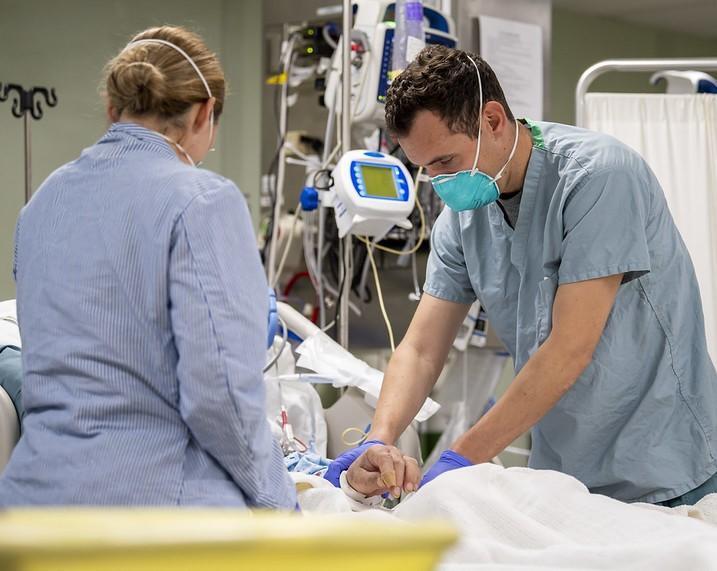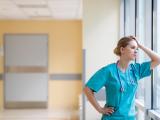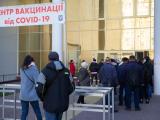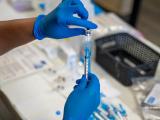During the country’s second COVID wave, 95,000 to 167,000 hospital patients in England were infected with SARS-CoV-2 in the hospital, partly due to a lack of single rooms, suggests a study published yesterday in Nature.
University of Oxford researchers analyzed data on in-hospital COVID-19 transmission, probable pathways of spread, and factors tied to elevated transmission risk at 356 National Health Service (NHS) hospitals during England's second pandemic wave, from June 2020 to March 2021.
"Hospital transmission directly affects patients likely to have multiple factors associated with poor outcomes; it puts healthcare workers (HCWs) at risk and compromises their ability to provide safe patient care; it disrupts service delivery; and it can have a major role in disseminating infection to vulnerable groups in the community," the study authors wrote.
Infected patients likely main source of spread
An estimated 95,000 to 167,000 hospital patients (1% to 2% of all admissions) were infected with SARS-CoV-2 over the study period. A time-series analysis suggested that patients who acquired COVID-19 in the hospital were the main source of viral spread to other patients.
"Increased transmission to inpatients was associated with hospitals having fewer single rooms and lower heated volume per bed [the volume of heated areas divided by number of beds]," the researchers wrote. "Moreover, we show that reducing hospital transmission could substantially enhance the efficiency of punctuated lockdown measures in suppressing community transmission."
An analysis of the empirical length-of-stay distribution, the estimated incubation period distribution, and polymerase chain reaction (PCR) COVID-19 test sensitivity as a function of time since infection estimated that a policy of PCR testing of symptomatic patients would detect 26% of hospital-acquired infections, with 12% of infections meeting the criteria for definite healthcare-linked infection.
Adding PCR testing of asymptomatic patients 3 and 6 days after admission would boost the proportion of cases detected to 33% but wouldn't substantively alter the percentage considered definitely related to healthcare. Adding symptomatic PCR tests with testing for all patients at 7-day intervals would increase the proportion of detected hospital-acquired infections to 44% and the percentage considered definitely healthcare-associated to 17%.
These findings reveal the previously unrecognized scale of hospital transmission, have direct implications for targeting of hospital control measures and highlight the need to design hospitals better equipped to limit the transmission of future high-consequence pathogens.
"These low probabilities for detection and classification as definite healthcare-associated are a consequence of the typically short lengths of patient stay and low PCR sensitivities early in the course of infection," the researchers wrote.
Importance of infection-control measures
Cumulative rates of hospital-acquired infection varied by region, with the highest rates in the northwest and the lowest in the southwest and London. Because the strongest predictor of in-hospital infections is the number of patients with healthcare-associated infections the previous week, so one patient with a healthcare-associated infection the previous week is associated with a further 1.07 patient infections the following week.
"Between 1% and 2% of hospital admissions are likely to have acquired SARS-CoV-2 infection while in hospital during the 'second wave' in England, with only a minority of these infections correctly classified as 'healthcare-associated' based purely on the time elapsed between admission and positive test," the authors wrote.
"These findings reveal the previously unrecognized scale of hospital transmission, have direct implications for targeting of hospital control measures and highlight the need to design hospitals better equipped to limit the transmission of future high-consequence pathogens," they added. "The role of hospital transmission in seeding COVID-19 into care homes and other vulnerable groups in the community must be further investigated."





















